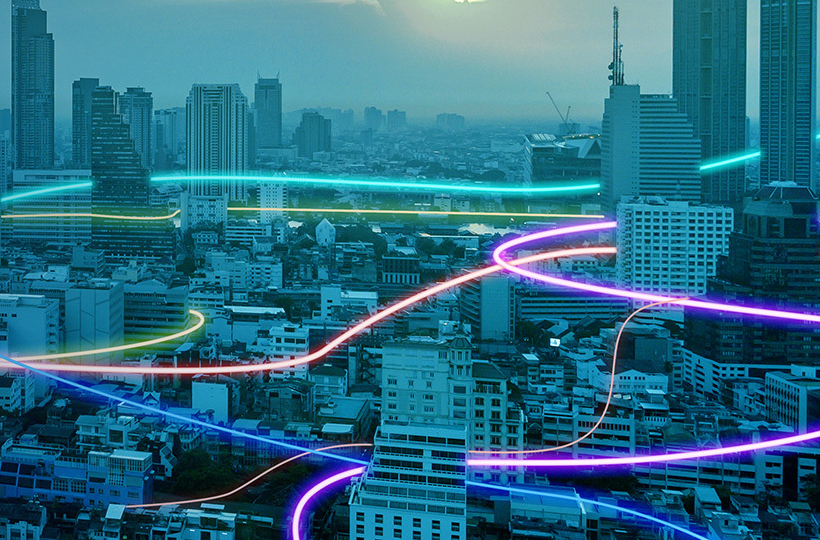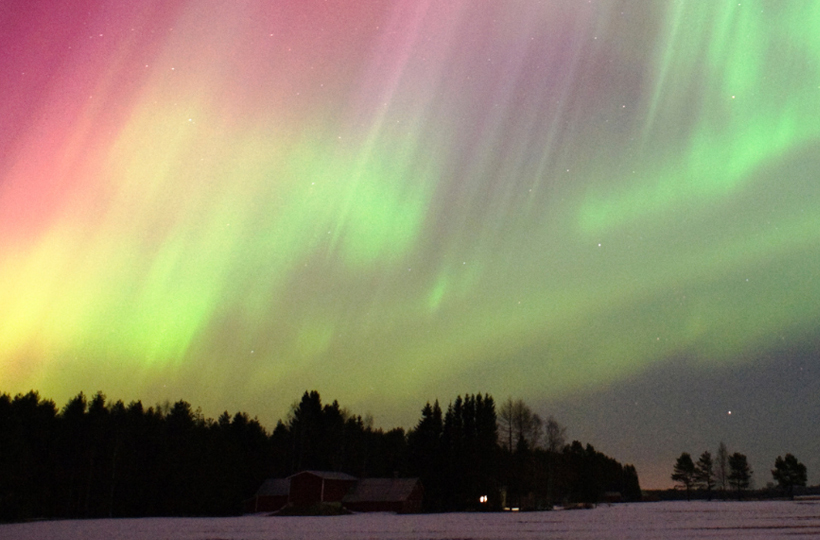Solar events and their effect on subsea cable infrastructure
This topic sounds just like technobabble straight out of an episode of Star Trek and indeed our early days of investigating this phenomenon at Vocus felt a bit like leaning into witchcraft or dark magic. As an operator of several submarine networks, we had to be sure, so we have taken some time to investigate the potential phenomenon and the possibility of impact. Basically, we wanted to make sure our cable systems didn’t need to slip slop slap to stay safe from the sun.
To most of us the Sun appears to be an unchanging ball millions of kilometres away. But we all know it’s a very active ball of energy that influences the environmental conditions in space, creating space weather.
When we talk about space weather, we’re referring to three main phenomena: solar flares, coronal mass ejections (CMEs), and the solar wind. Each has unique impacts, but they all result in energy bursts from the Sun that, when directed at Earth, can create geomagnetic disturbances. These disturbances can disrupt Earth’s magnetic field, leading to a variety of effects that include everything from visible auroras in polar skies, to voltage fluctuations in power grids and risks to the world’s communications systems, including internet traffic. The potential for space weather and solar storms to affect our infrastructure is rooted in Faraday’s Law of electromagnetic induction. Essentially, when the Earth’s magnetic field is disturbed, it can create electric currents in conductive materials such as power lines or submarine cables. When this happens on a large scale, voltage fluctuations can threaten the stability of electrical systems. For a company like Vocus, which operates several submarine cable networks, this means monitoring these phenomena to ensure that solar events don’t disrupt data transmission.
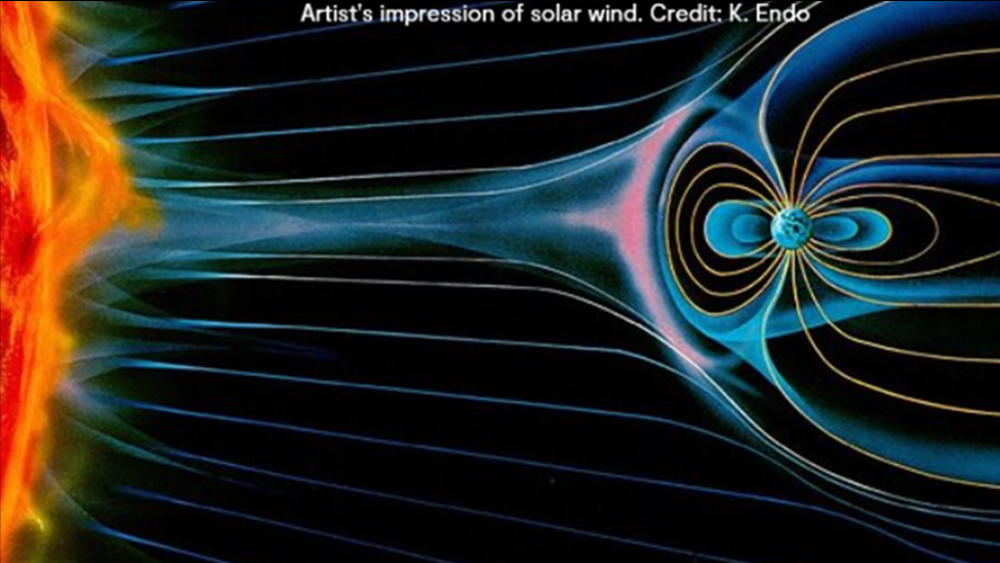
The phenomenon of geomagnetic induction
During a solar event, highly charged particles interact with Earth’s magnetosphere, causing it to shift. This shift generates electric fields, known as geoelectric fields, that can impact electrical systems anchored to Earth. If strong enough, they can induce large voltage spikes. The 1859 Carrington Event was the most intense geomagnetic storm in recorded history, which generated such extreme geomagnetic activity that it damaged telegraph networks worldwide. A more recent example in 1989 caused a widespread blackout in North America.
So how does this affect submarine cables? Like power grids, subsea cables are grounded to Earth at both ends, making them susceptible to geomagnetic induction, especially at the coastlines, where the conductivity of land meets the sea. Submarine cables are long stretches of conductive copper surrounded by protective layers, designed not only for data transmission but also to carry power. This power supports the optical amplifiers stationed along the cable’s length, which are necessary to maintain signal integrity.

Monitoring and mitigating risks
To monitor space weather events and anticipate impacts, we use satellite arrays including the NASA Solar Dynamics Observatory, the NOAA Geostationary Operational Environmental Satellites and the European space agency Solar and Heliospheric Observatory. We also use a number of radio telescopes, the most famous of these being the Griffith Observatory in Los Angeles.
The data collected from solar observatories tracks factors like solar irradiance (the Sun’s energy output) and the magnetic field, enabling scientists to predict and prepare for geomagnetic storms. This information then helps our engineers at Vocus estimate the potential impact of solar storms on systems like submarine cables.Vocus tracked voltage fluctuations on our own cable systems (Australia Singapore Cable, North-West Cable Systems, and Darwin Jakarta Cable System) over a 12-month period that included several low-to-moderate solar events. The data showed that the voltage disturbance was closely correlated to the strength of the geomagnetic event.This allowed us to estimate the impact of a future major solar event without having to experience one.
The following graph shows the voltage variances on Vocus submarine cables over that period, with three known solar events represented by the suns at the top. As you can see, while fluctuations do occur during solar events, they can also happen as a normal part of the operation of the cable systems and generally remain within the cables' tolerance levels.
What this means for submarine cable systems
We know that solar events will have an impact on radio signal, create noise and interference on satellite signals, and that solar flares and associated ionospheric disturbances lead to signal absorption and loss of UHF/VHF/HF radio communications resulting in signal degradation or loss.
Fortunately, submarine systems appear to be well protected against the effects of solar storms based on the data we have available. As with any potential environmental risk we must remain vigilant and continue to monitor with the tools we have available to ensure the exposure doesn't change, but for now you can enjoy the Aurora Australis and not have to worry about it having an impact on Australia's ability to connect with the rest of the world.
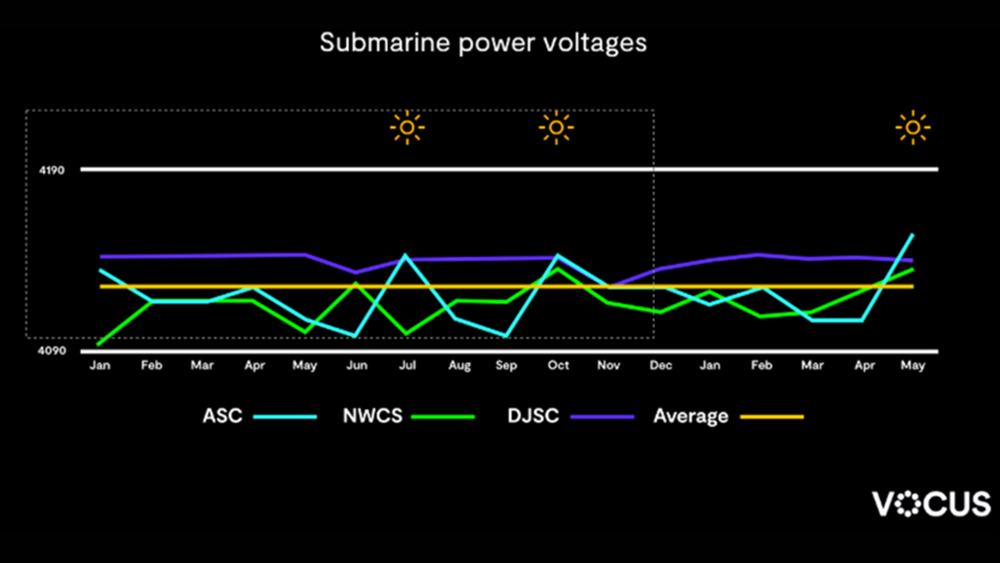
Meet the author
Read more
Related Articles
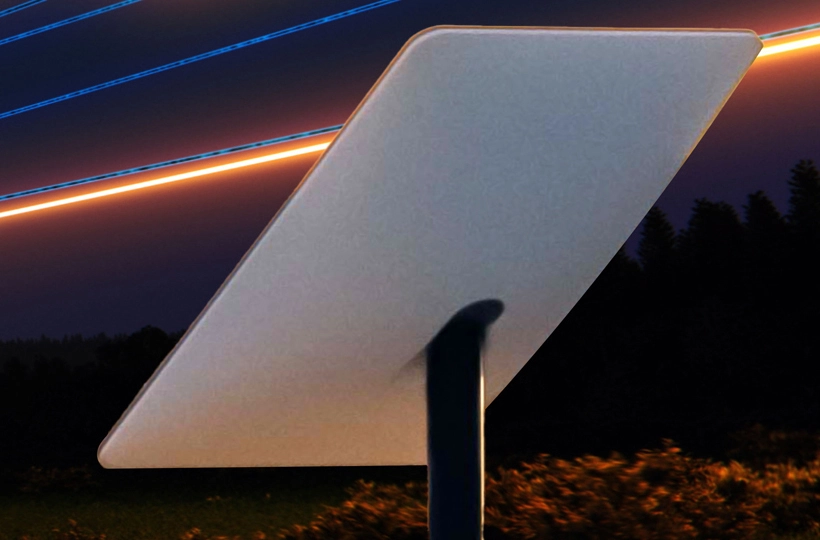
Vocus Builds Australia’s First Private Network Over Starlink

Roy Hill Signs On for Vocus Horizon Cable
